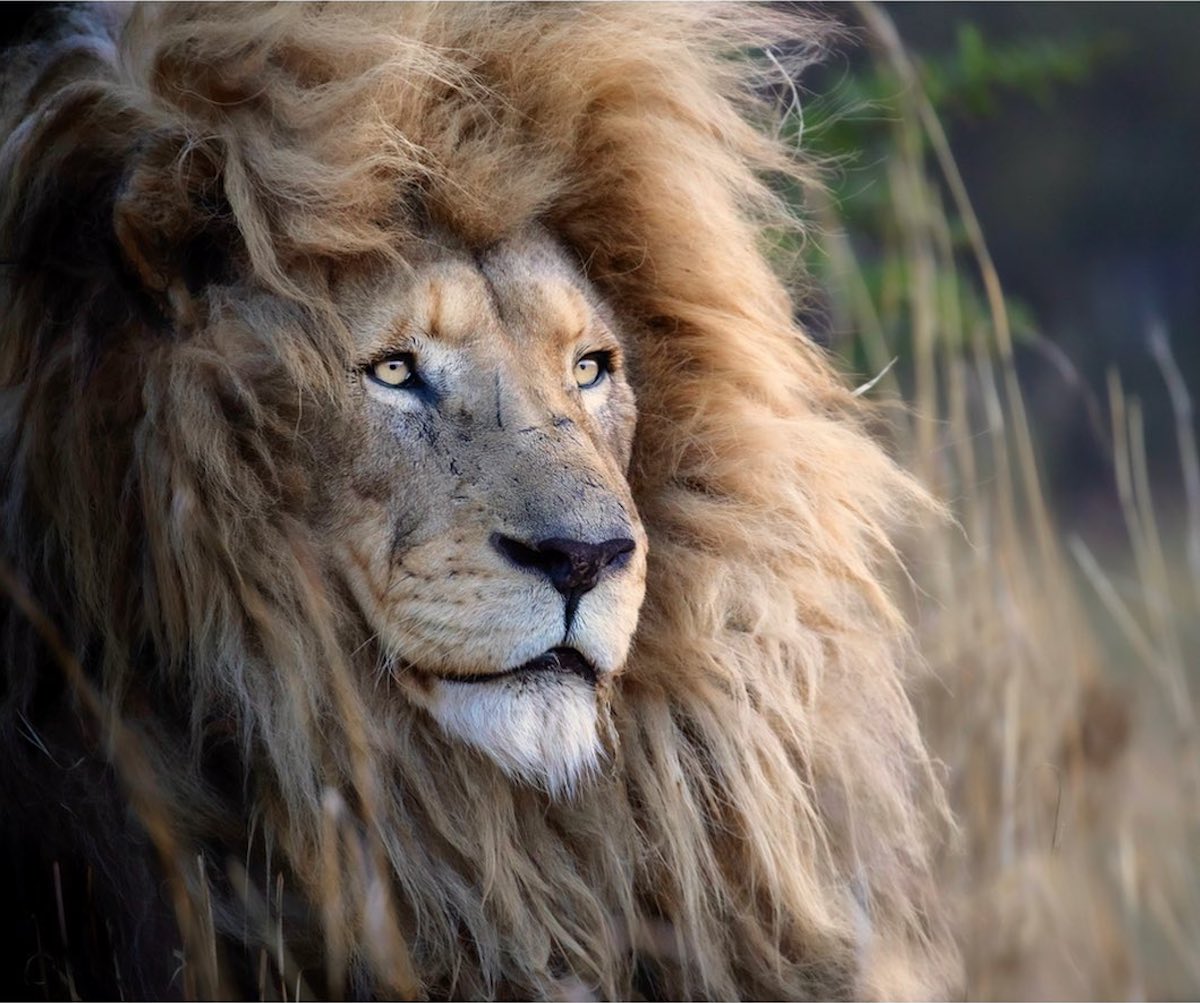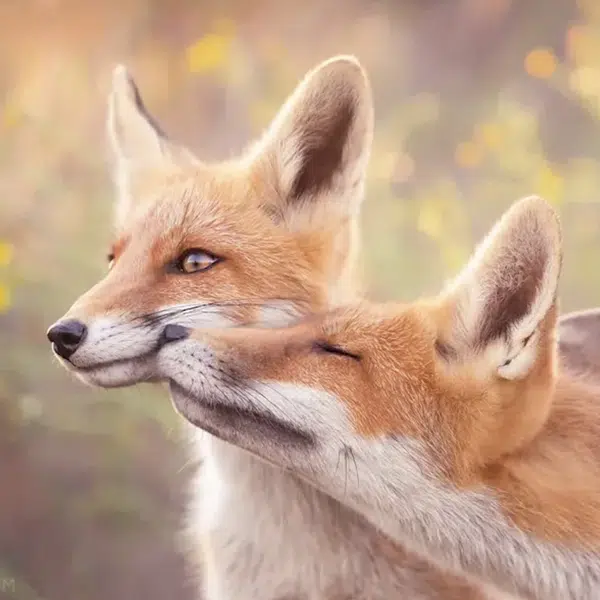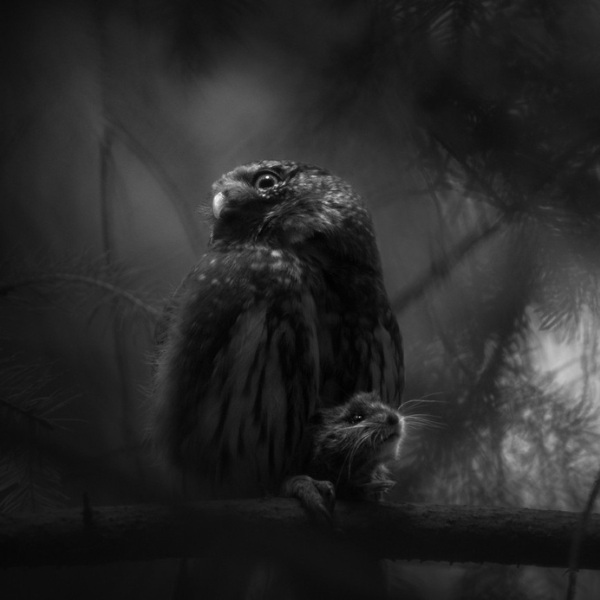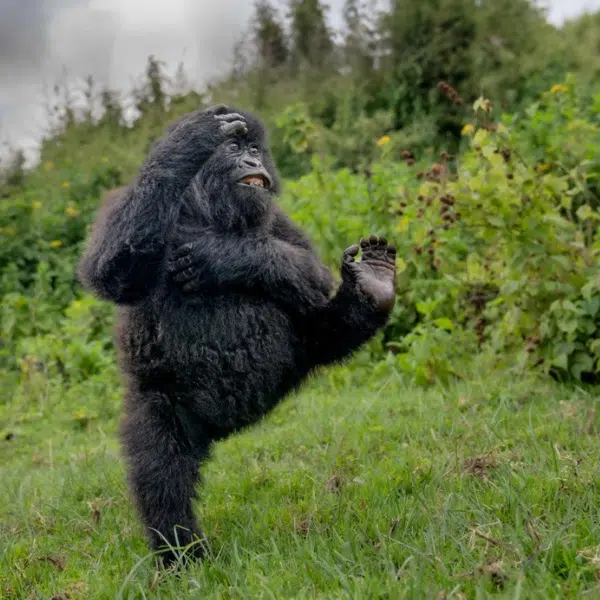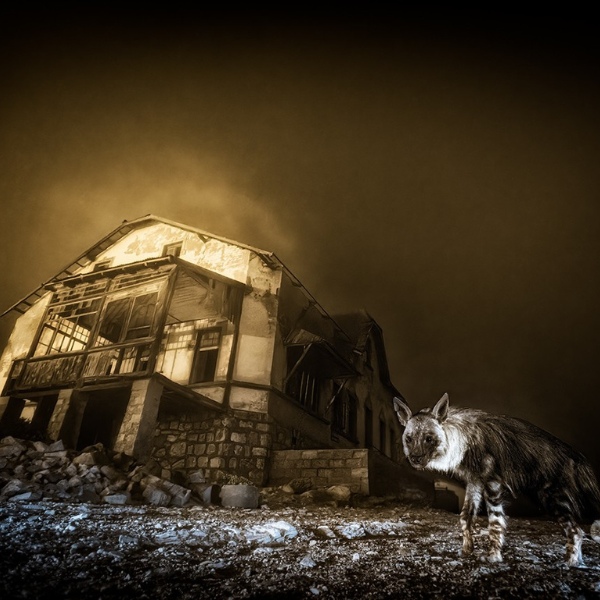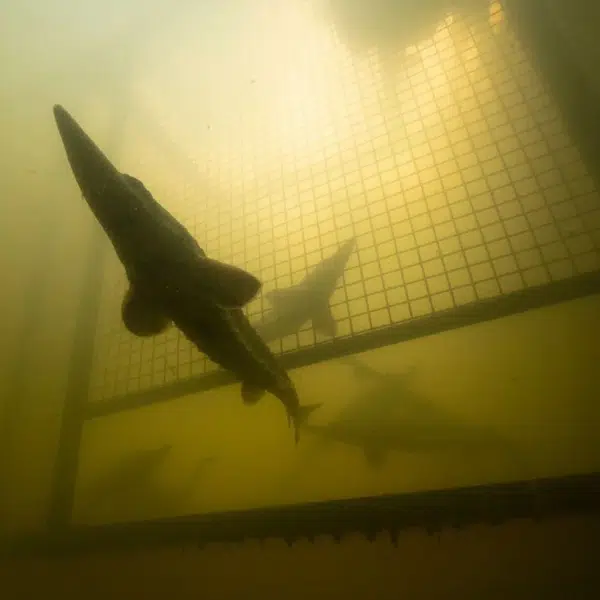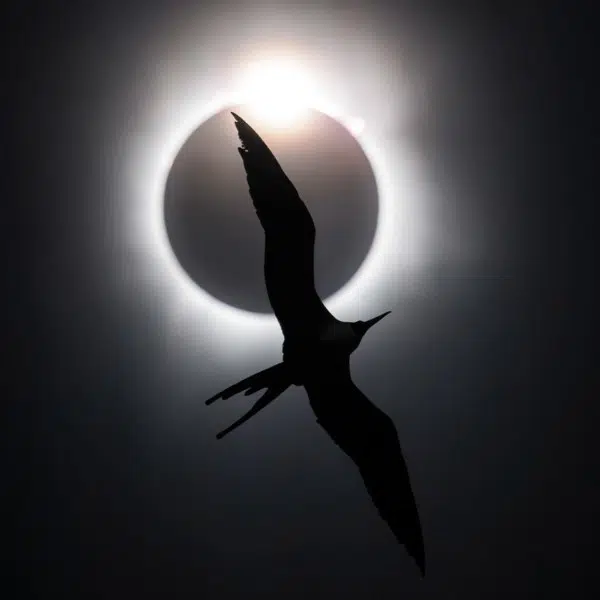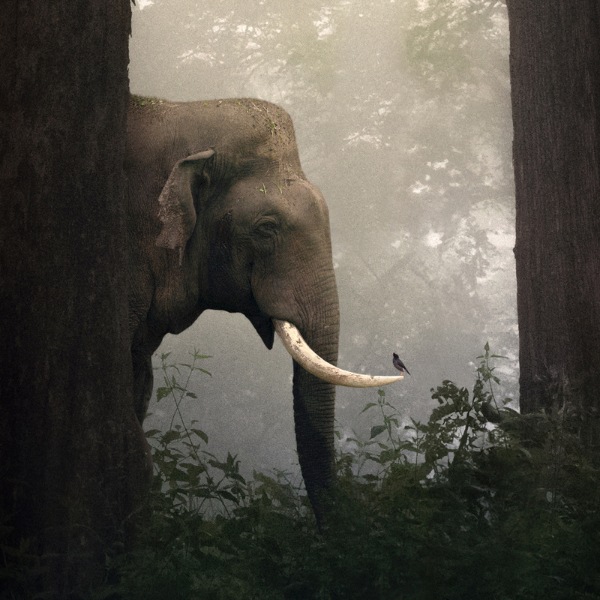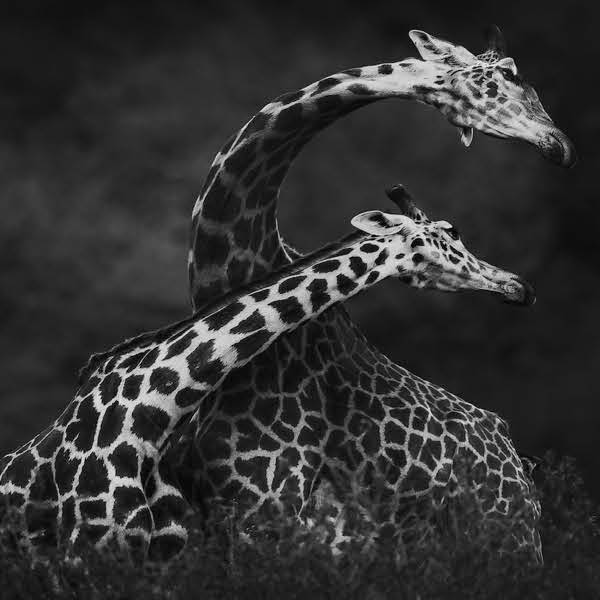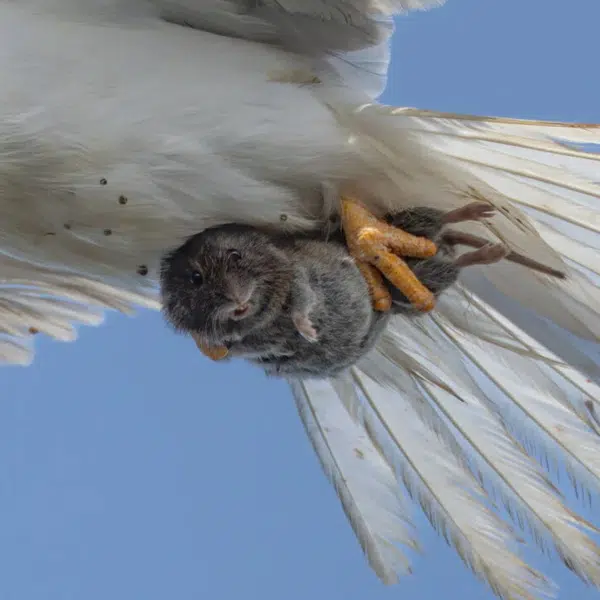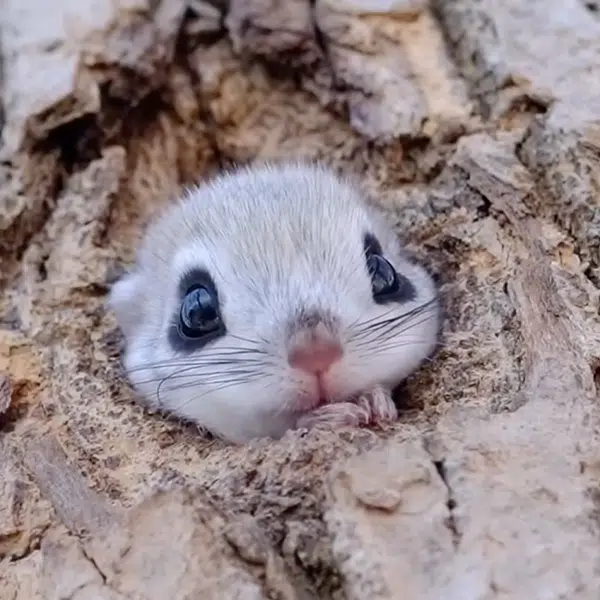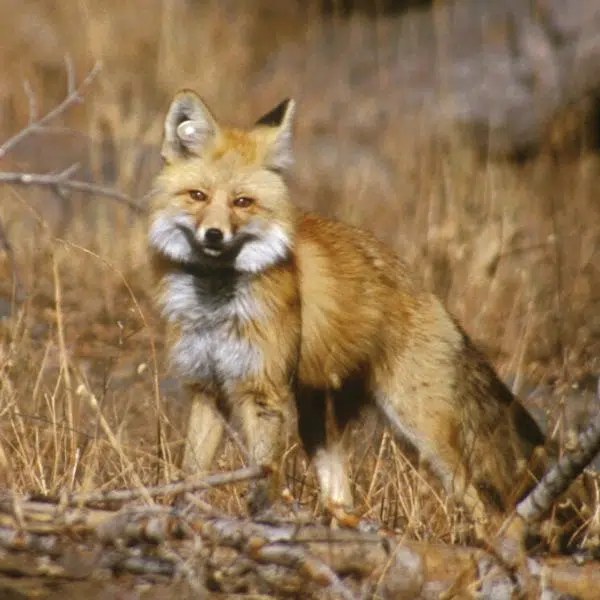
Los Angeles-based wildlife photographer Simon Needham takes stunning portraits of different animals to raise awareness of endangered species and encourage conservation efforts. Recently, he was given the opportunity to revisit Glen Garriff Conservation in South Africa to take promotional images of the lions in their care. During this experience, Needham was able to get close to some of the rare white lions and capture their striking coloration.
Although sometimes mistaken for an albino lion, white lions actually occur due to a recessive genetic mutation in a condition called leucism. In order for a cub to be born with a white coloration, both parents must possess this recessive gene. While white lions are native to South Africa, trophy hunting has made their existence in the wild a rarity, so they are almost exclusively seen in sanctuaries like GG, which provide a large and safe area for them to live in. Needham visited the location to take free promotional images of the lions that GG can use to promote their cause.
Read on to learn more about Needham's experience at GG Conservation in My Modern Met's exclusive interview.

Can you tell us about your background in art?
I initially went to college and studied graphic design, then started my own company
at 18 (ATTIK) which I grew with my partner James Sommerville to a point where we had
offices around the world and employed 350 staff. I was the group creative director
and focused on the creative aspect of our company which also included directing many
commercials for my clients as we did a few photoshoots which I enjoyed enormously.
We then sold the company after 25 years which gave me an opportunity to focus on the
things I was passionate about.
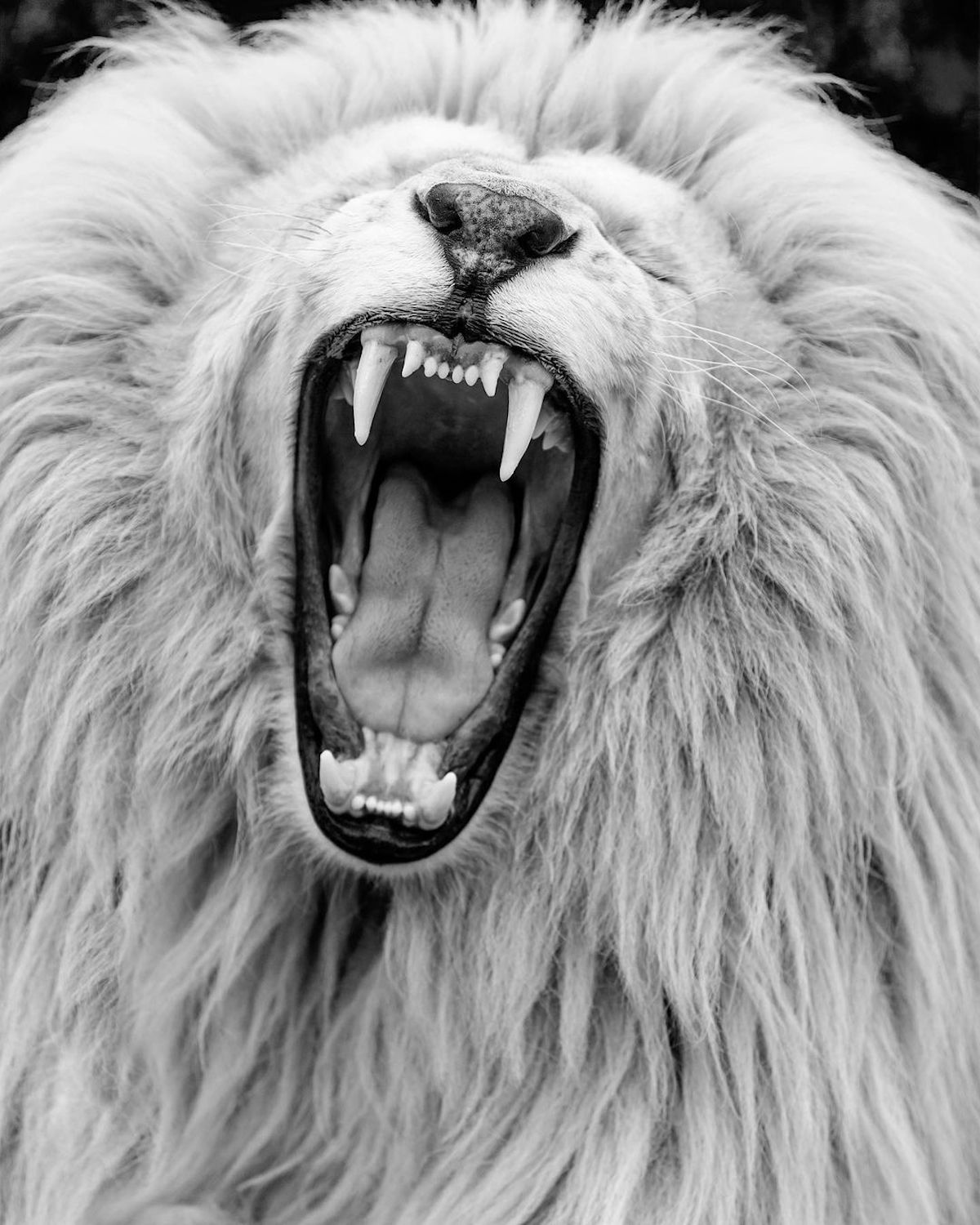
How did you become interested in wildlife photography specifically?
I wanted to do more travel and photography and realized that if I was to offer my time to humanitarian causes and conservation NGOs, it would enable me to give back, as well as travel and shoot really unique situations and subjects.
Recently, you were able to visit GG Conservation to photograph their lions. Why did you choose to go to this location?
It was simply that I knew Suzy from GG and offered her my time to shoot content for her that she can then use to promote their very important cause.
How was the experience?
I've visited there several times and each time it gets better. I also feel more confident working with the lions and they can be very intimidating!!
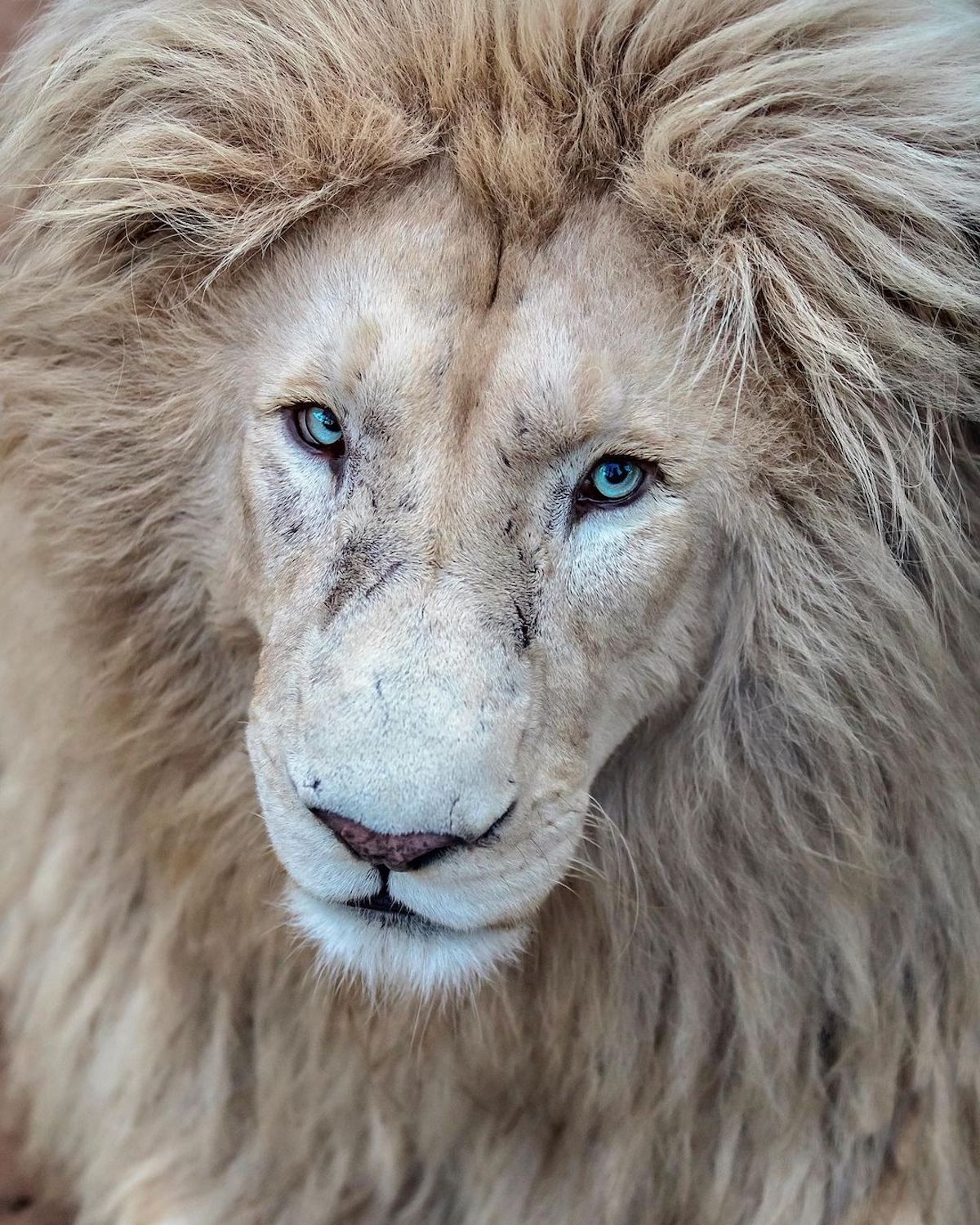
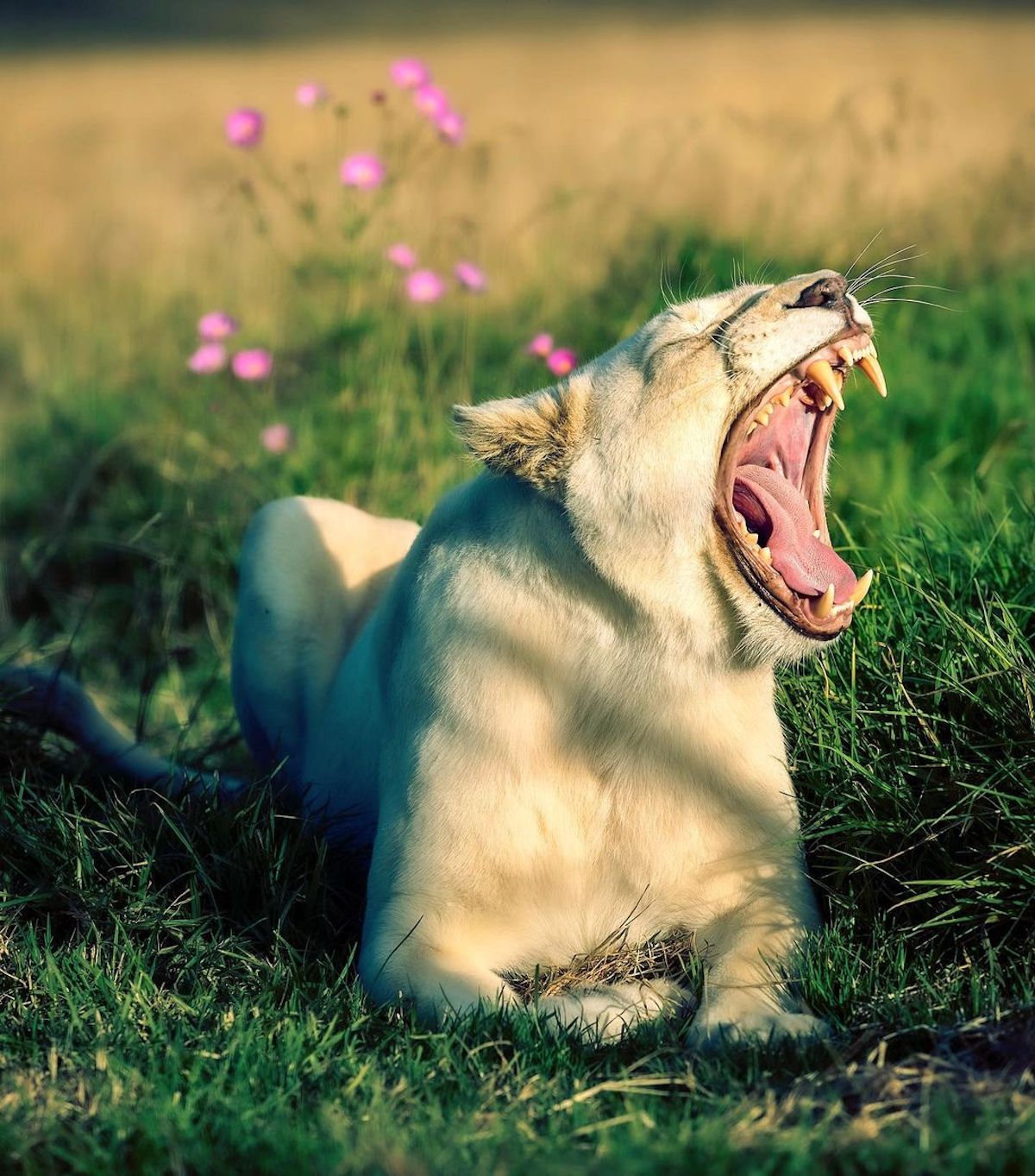
Your photos of white lions have gained a lot of attention. What can you tell us about this rare mutation?
At GG Conservation they have several white lions but white lions are rare in the wild. This is because their coloring is the result of a genetic mutation in which two copies of the gene must be present for the white coat to show up in the animal. … The white lions are categorized as towny African lions (Panthera leo).
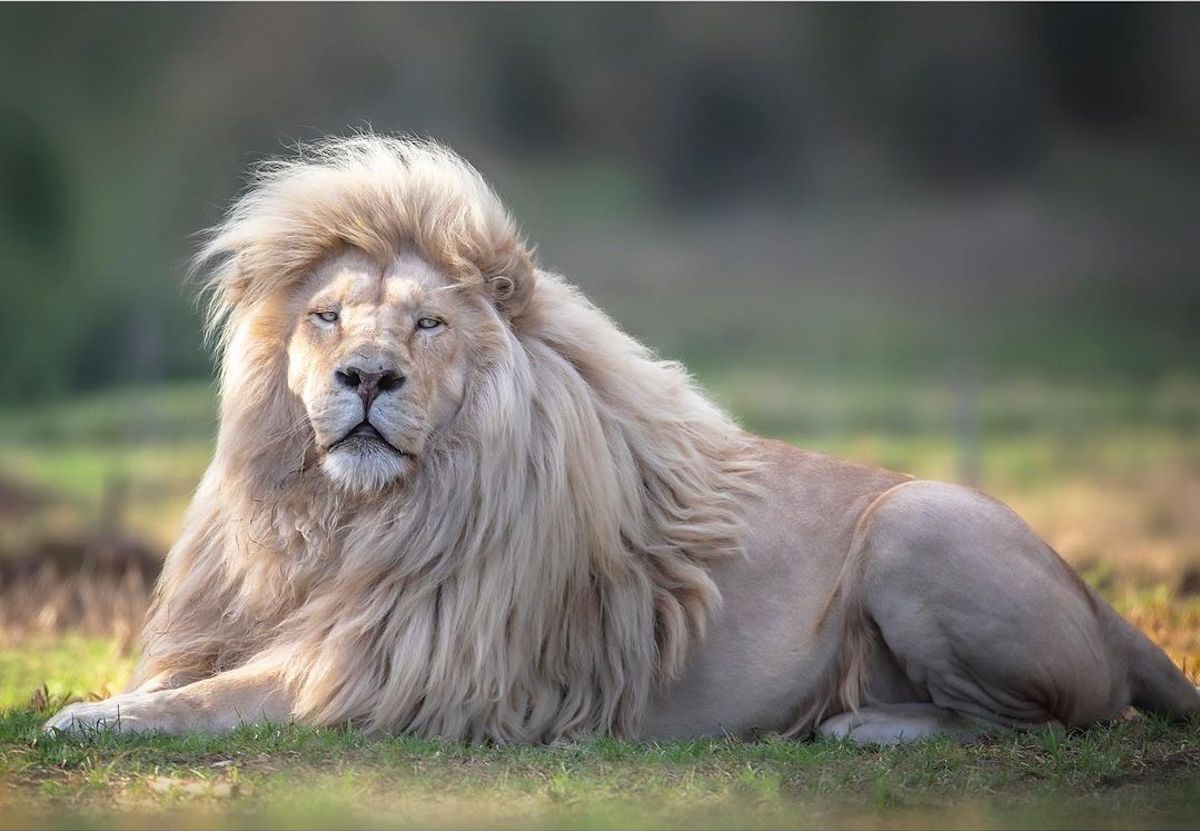
What was it like to see a white lion in person?
Being close to any lion is absolutely phenomenal, their power is palpable, but with the added unique white coat it's just a privilege!!
Can you tell us a little about what GG Conservation is doing to help these lions?
GG looks after around 77 lions that wouldn't be with us otherwise. Their care for these animals is from a place of love and they work tremendously hard to ensure they are both happy and healthy. But it's a financial struggle for them in many ways, including maintenance and vet bills!
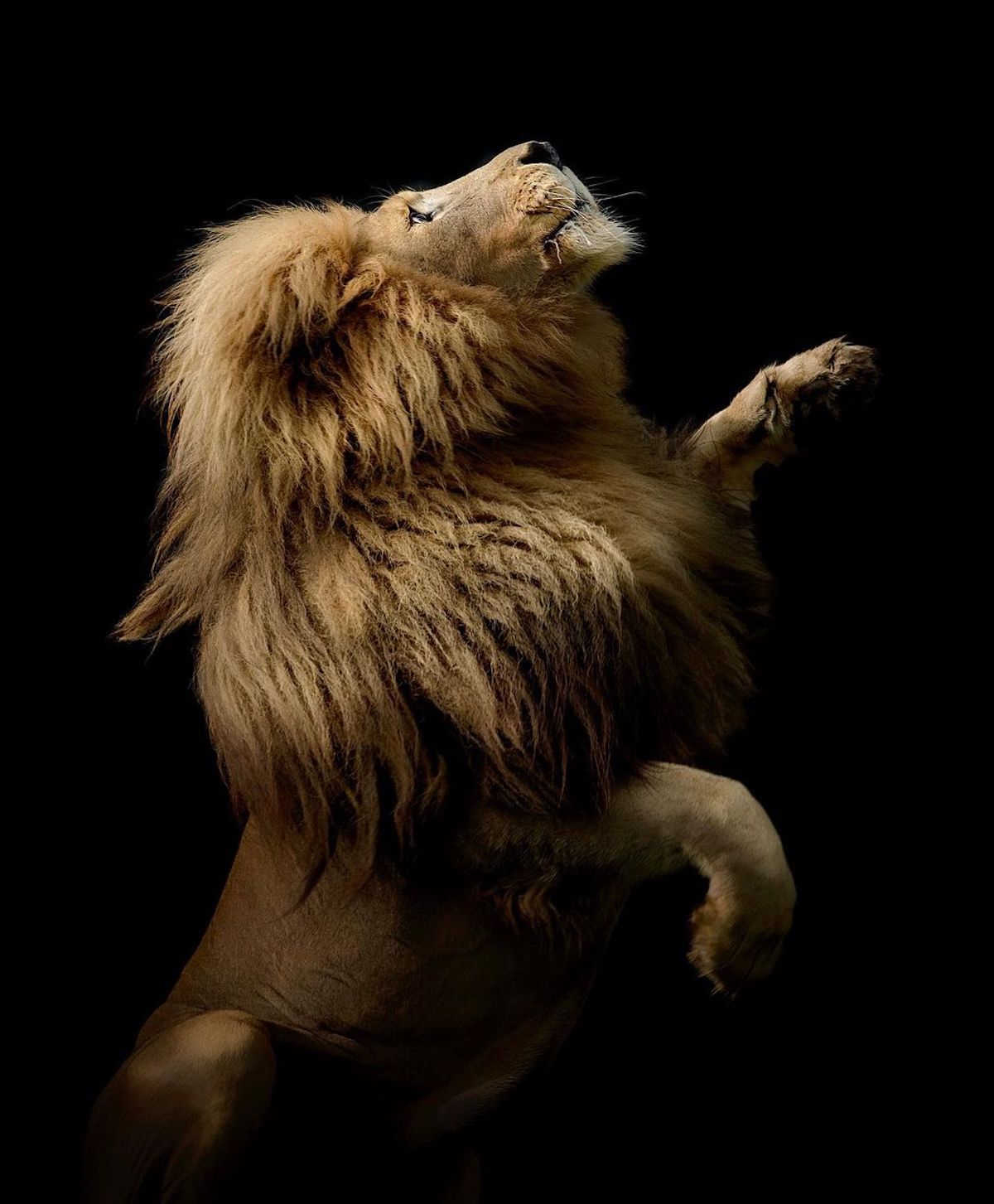
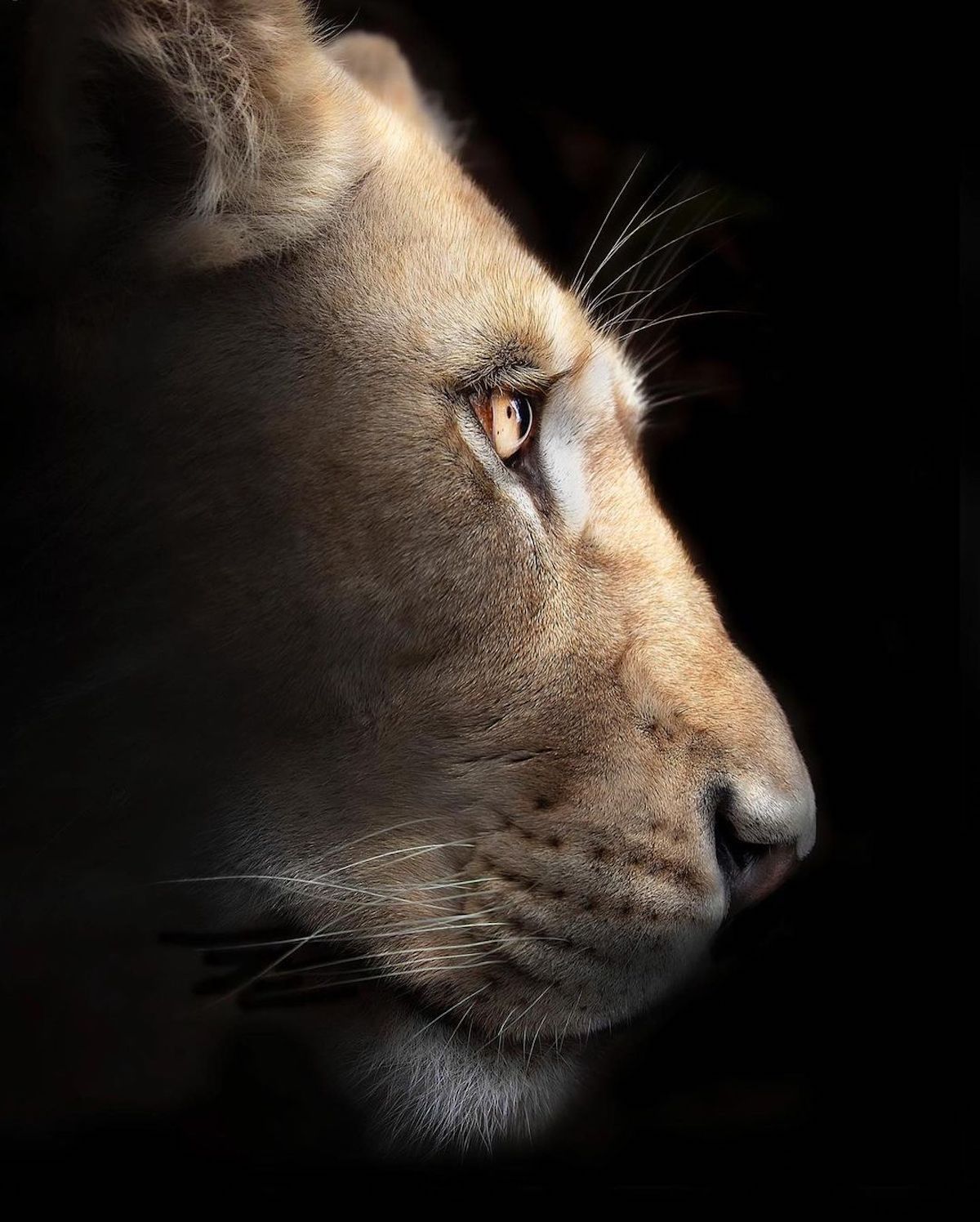
What do you think is the key to wildlife photography?
I've only been photographing wildlife for about three years so I'm still learning, but one thing I do know is that you need a lot of patience!
What are some of the challenges?
Obviously, the logistics of finding wildlife is one and often requires a lot of effort and time to get to the point of actually taking that special picture. The other one is finding the right spot for the lighting and background standpoint. Then you just hope the animal will do something interesting!
Do you have any future projects that you can tell us about?
I am hoping to head back to Africa in April or May to shoot for some other sanctuaries (assuming the COVID issues are more under control).
